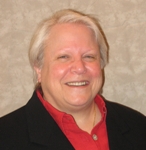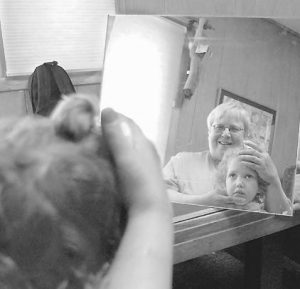 Rona Alexander is a speech-language pathologist specializing in the assessment and treatment of oral motor, feeding/swallowing, and respiratory-phonatory function in infants and children with neuromuscular involvement. She is a longtime, well respected member of the Education Resources (ERI) faculty, teaching for us for more than 15 years. Dr. Alexander is a qualified speech instructor in Neuro-Developmental Treatment, delivering expert clinical knowledge and a personable instructive style through her basic pediatric and advanced NDT courses. She is an accomplished author; a co-author of the book, Normal Development of Functional Motor Skills: The First Year of Life, and co-developer of The ABCs of Pediatric Feeding and Swallowing. She also has served as a member of the ASHA Steering Committee for Special Interest Division 13: Swallowing and Swallowing Disorders. Dr. Alexander maintains a private practice, provides consultation services and conducts workshops on oral motor, feeding/swallowing, and respiratory coordination development, assessment and treatment.
Rona Alexander is a speech-language pathologist specializing in the assessment and treatment of oral motor, feeding/swallowing, and respiratory-phonatory function in infants and children with neuromuscular involvement. She is a longtime, well respected member of the Education Resources (ERI) faculty, teaching for us for more than 15 years. Dr. Alexander is a qualified speech instructor in Neuro-Developmental Treatment, delivering expert clinical knowledge and a personable instructive style through her basic pediatric and advanced NDT courses. She is an accomplished author; a co-author of the book, Normal Development of Functional Motor Skills: The First Year of Life, and co-developer of The ABCs of Pediatric Feeding and Swallowing. She also has served as a member of the ASHA Steering Committee for Special Interest Division 13: Swallowing and Swallowing Disorders. Dr. Alexander maintains a private practice, provides consultation services and conducts workshops on oral motor, feeding/swallowing, and respiratory coordination development, assessment and treatment.
 Rona Alexander SLP – specializing in the assessment and treatment of oral-motor, feeding/swallowing, and respiratory-phonatory function[/caption]
Rona Alexander SLP – specializing in the assessment and treatment of oral-motor, feeding/swallowing, and respiratory-phonatory function[/caption]
“The best course I’ve been to, all information I can use on Monday when I get back to work! Any pediatric SLP should take this course.” -Melissa Eck, SLP
“Excellent workshop. Huge amount of update – even for a therapist with 40 yrs of pediatric experience! Able to cue in to current philosophies and treatment regimes for immediate affect on the treatments I do in the medically fragile setting. Thank you.” – Cynthia Johnson, OT
“It is a genuine privilege to learn and be taught by Rona Alexander, a master clinician in her field.” Diane Soohoo,OT
“Rona was absolutely outstanding. She has a rich experience and complex understanding of oral motor, feeding and swallowing that is hard to find. throughout her presentation she provided invaluable precious nuggets of information to help all pediatric therapists.” Rebecca Pokluda,OT
Rona’s popular course:
Assessment and Treatment of Children with Oral Motor, Feeding/Swallowing and Respiratory Function Challenges: Children with Neuromuscular Involvement
This course delivers clinically relevant assessment and treatment strategies. A special emphasis is on postural alignment and control as well as on sensory factors that can influence a childs feeding and swallowing. Effective treatment strategies to improve cheeks/lips, tongue, jaw and rib cage function will be highlighted.
September 15-17, 2017 – Johnston, IA
October 6-8, 2017 – Valhalla, NY
March 9-11, 2018 – TBA
April 13-15, 2018 – TBA
June 22-24, 2018 – TBA
October 5-7, 2018 – Houston, TX
November 30 – December 2, 2018 – Tulsa, OK
Watch for new dates and venues being added very soon!
Please click here for detailed course information, CEU information, to download a brochure and to register


